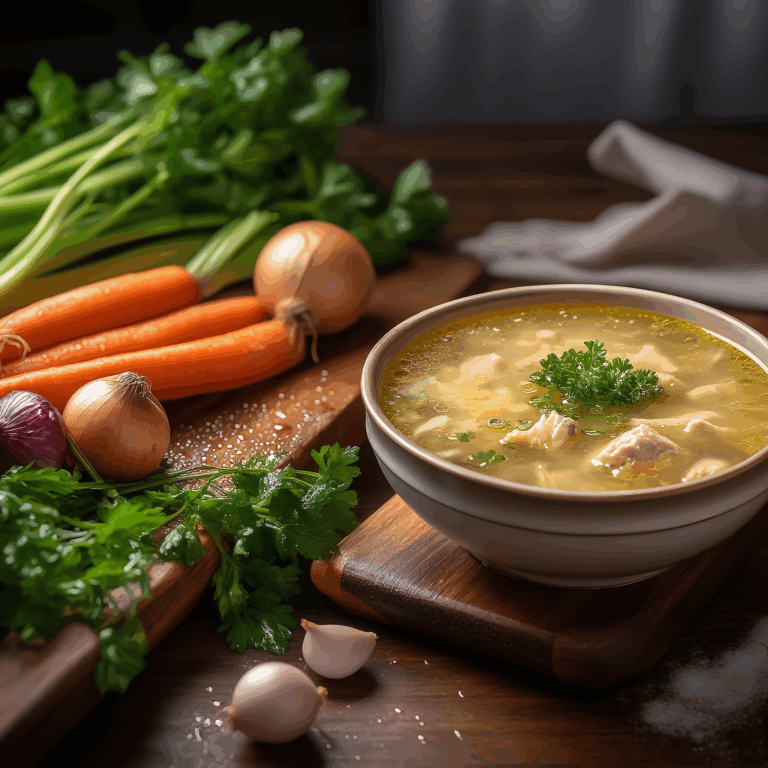Can you smell that garlic sizzling in the pan, filling your kitchen with cozy vibes? That’s the power of aromatics in cooking! I’m Chef Samantha George, and I’m spilling my secrets on what are cooking aromatics and how to use aromatics in cooking to make your meals pop. As a mom of two hungry boys, I get the struggle of busy evenings when you still want to serve something delicious.
You know—those humble ingredients like garlic, onion, celery, and ginger that get tossed into a hot pan at the start of a recipe? They might seem simple, but oh honey, they are the backbone of flavor in cooking. The sizzle, the scent, the slow build of aroma… that’s not just food; that’s culinary magic happening in real time.
When I was learning to cook as a kid in my Jamaican mama’s kitchen, I didn’t even know they were called cooking aromatics. I just knew we started everything with garlic, thyme, and escallion, and somehow—somehow—it always smelled like love. Years later, I’ve learned the science behind the magic, and now I’m passing it on to you. Let’s break down how to use aromatics in cooking to build flavor like a pro.
What Are Aromatics in Cooking?
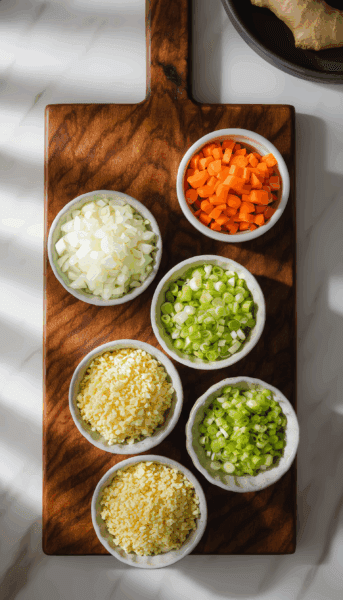
First things first: what is mirepoix or the culinary trinity? The French use three fundamental aromatics which is a base that can go with pretty much anything: onion, celery and carrots. In Jamaica we use thyme, ginger, garlic and escallion (four okay).
Aromatics for stew, curry, sauce, and stock are ingredients used at the beginning of cooking to create the foundation of flavor. Typically, you’ll sauté or simmer them in oil or butter to unlock their natural oils and fragrances. That scent that fills your kitchen when sauteing onions and garlic? That’s aromatics for pasta sauce doing their thing.
They may not always be the “star” of the dish, but they’re the ones setting the stage—whether you’re making a flavor base for soup or a spicy stir-fry.
And let’s not forget herbs and aromatics—thyme, bay leaf, rosemary, and cilantro are often used alongside aromatics to create depth. That mix of oil, herb, and sautéed garlic? Whew. Pure flavor layering in cooking.
The Most Common Aromatics You Should Know
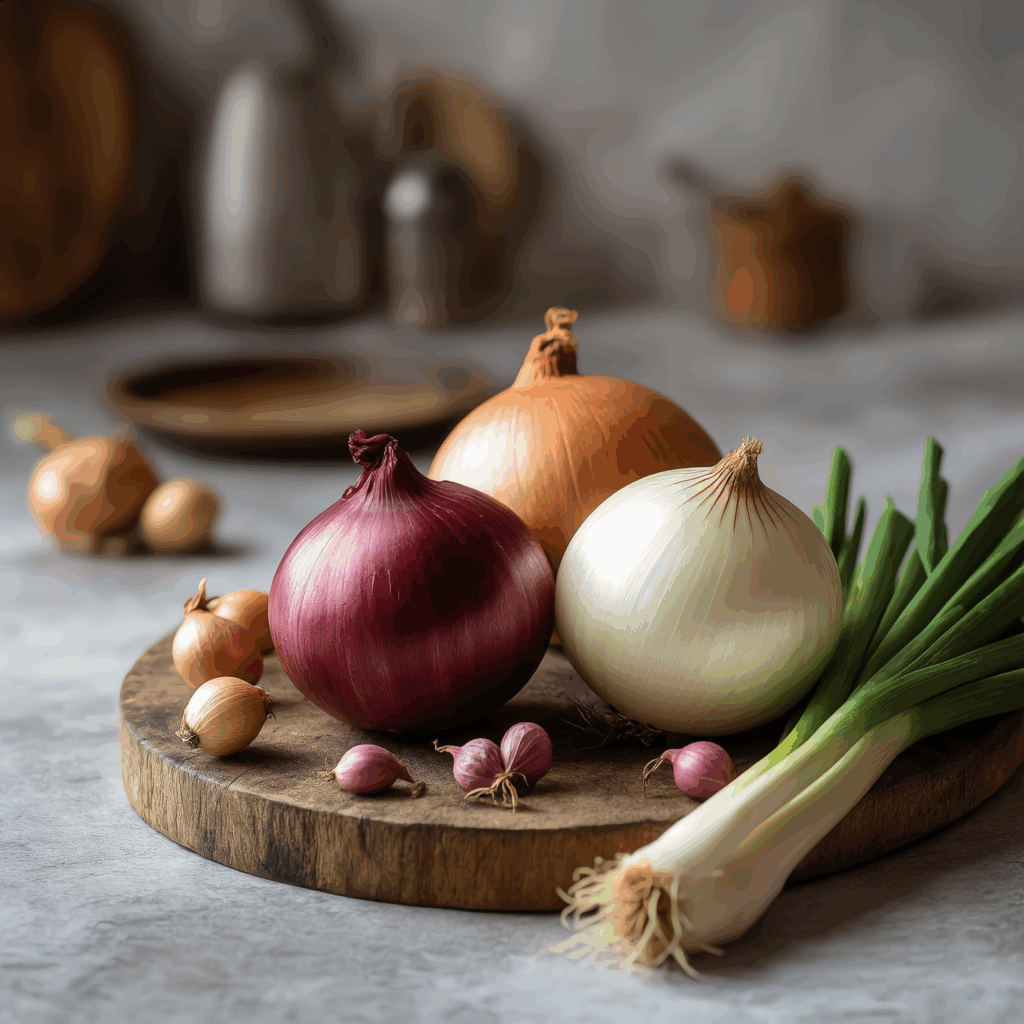
You don’t need a spice cabinet bursting at the seams. Start with a few key players from your cooking herbs and aromatics arsenal:
- Garlic – bold, spicy when raw, mellow and sweet when cooked.
- Onions – yellow for everyday use, red for raw dishes, white for a sharper bite.
- Shallots – a little fancy, a little sweet; amazing in sauces. Great for those getting into cooking with shallots.
- Leeks – buttery and subtle, perfect for soups.
- Celery & Carrot – bring earthiness and natural sweetness to your garlic onion celery base.
- Ginger – spicy, fresh, and used in everything from stir-fries to teas.
- Scallions (Escallion) – grassy, oniony, and essential in Aromatics in Caribbean food.
Once you know these basics, you’ll be able to build a cooking base with garlic and onion that’s anything but bland.
Global Aromatic Combos and What They Do
Every cuisine has its culinary trinity or holy trinity of aromatics. Get to know a few and you’ll start recognizing the aromatics in French cooking or Asian stir-fry flavor profiles:
- French Mirepoix: Onion, celery, carrot — the classic mirepoix ingredients.
- Cajun Holy Trinity: Onion, celery, bell pepper
- Sofrito (Latin): Garlic, onion, bell pepper, tomato
- Asian Stir-Fry Base: Garlic, ginger, scallion
- Jamaican Trinity: Garlic, thyme, escallion or ginger
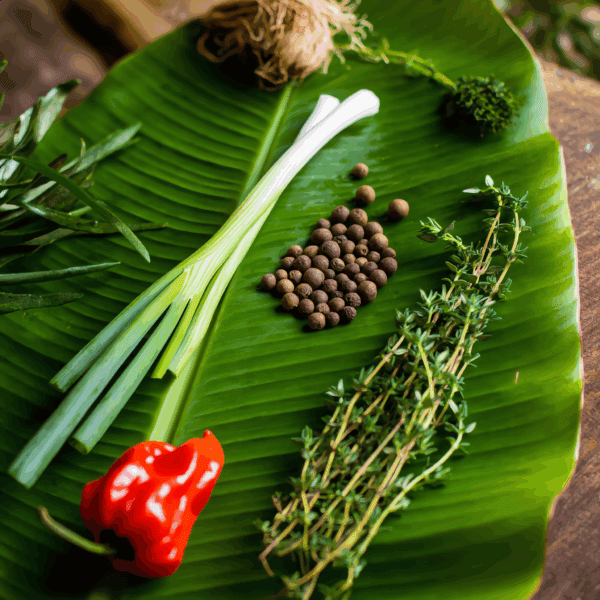
How to Use Aromatics in Cooking – My Favorite Tips
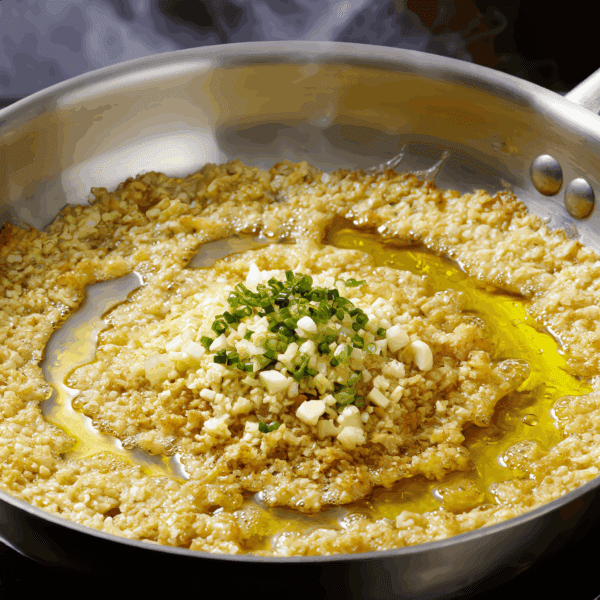
This is where things heat up—literally. Aromatics shine when they’re cooked gently to release their oils and aromas. Here’s how to sauté aromatics the right way:
1. Sautéing
Heat a neutral cooking oil for aromatics in a good sauté pan. Add chopped ingredients. Stir until soft and fragrant—don’t rush! This is your easy cooking foundation for soups, stews, sauces, curries, and more.
2. Roasting
Toss garlic, shallots, or onions with oil on medium-low heat, stirring quite frequently to pan roast until caramelized aromatics emerge. This brings out sweetness and depth—perfect for blending into dips or spreads.
3. Simmering
Drop aromatics into soups or stocks and let them slowly flavor the liquid. Think: a big pot of chicken soup starting with those mirepoix ingredients.
4. Steeping in Oil
Make a flavored oil by gently warming aromatics. A key kitchen tip for better flavor: try ginger and scallion in sesame oil for a quick Asian flair.
One of my go-to tricks is to add thyme and scallion to hot oil until they sizzle—then I remove them before adding meat or rice. It flavors the oil and creates a subtle backbone of aromatic food.
When I teach beginner cooking tips, I say: Start with three aromatics, one oil, and your heat source. From there, you’re golden.
Easy Weeknight Meals That Start with Aromatics
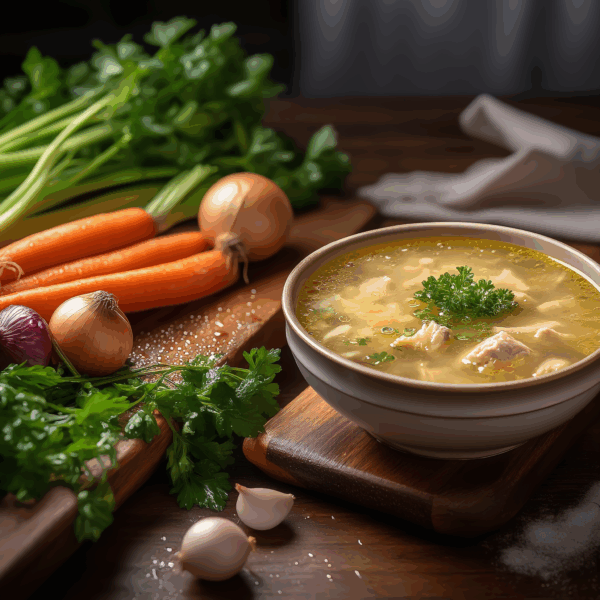
These are tried-and-true kitchen basics for beginners. Start with aromatics and let the dish build naturally:
- Tomato Pasta Sauce – Start with garlic and onion for a strong garlic and onion flavor base.
- Chicken Soup – Onion, garlic, celery, carrot, thyme. It’s a classic flavor base for soup.
- Stir-Fry – Ginger, garlic, scallions — essential aromatics for curry and noodles.
- Rice & Peas – Escallion, thyme, garlic — Aromatics in Caribbean food glory.
- Stuffed Peppers – Onion, garlic, carrot.
Bonus tip: When time’s tight, I sauté garlic and onion in olive oil and toss it over cooked pasta. Add some cheese and herbs? That’s a dinner win.
Glow Up Your Dishes with these Aromatic Flavor Bombs
Aromatics aren’t just for stews—they’re your secret to remixing any dish. Try these kitchen tips for better flavor:
- Garlic-Infused Rice: Sauté garlic and scallion for a garlic and herb cooking glow-up.
- Herby Marinades: Blend thyme, onion and scotch bonnet for a flavor base for soup or jerk chicken.
- Caramelized Aromatics: Slow-cook onions for a sweet, jammy base in burgers or mac and cheese.
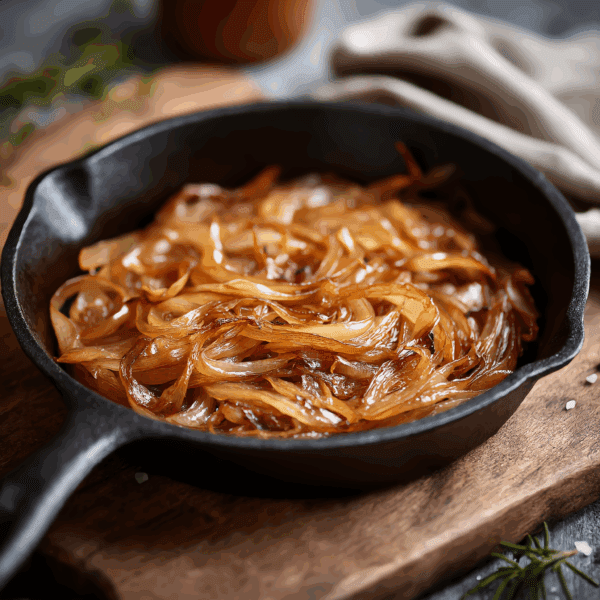
Last week, I took boxed mac and cheese and added caramelized aromatics with a pinch of escallion. My boys shouted, “Mom, this is restaurant-level!” That’s the power of aromatic food.
Tools to Make Working with Aromatics Easier
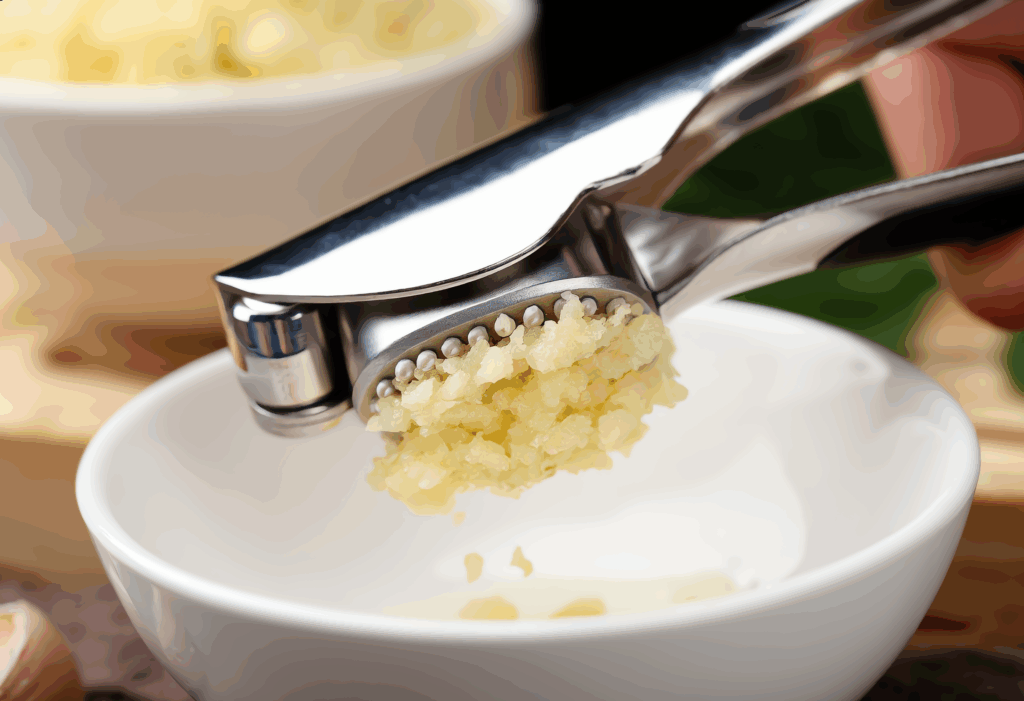
You don’t need a commercial kitchen, just a few good basics to help you how to chop aromatics or manage how to not burn garlic:
- Chef’s Knife – for clean cuts
- Microplane Zester – for garlic or ginger
- Garlic Press – quick and easy
- Sauté Pan – with even heat for flavor layering in cooking
- Maple Cutting Boards – prevent flavor transfer
- Ramekins – for prepping mise en place an
Trust me, when you’re learning how to cook with garlic and onion, a good tool makes all the difference.
Why Aromatics Make You a Better Cook
Using aromatics teaches you how to build flavor from the ground up. You start seeing cooking not as random instructions but as a story: every ingredient has a role. Aromatics set the scene. And once you’ve nailed that scene, the rest of the dish has room to shine.
I always say: if your kitchen doesn’t smell amazing within 3 minutes of starting a recipe, you probably forgot the aromatics. Don’t skip ‘em. They’re the soul of the pot.
Want to keep learning? Join my flavor family by signing up to my newsletter and let’s glow up your meals, one pot at a time.
